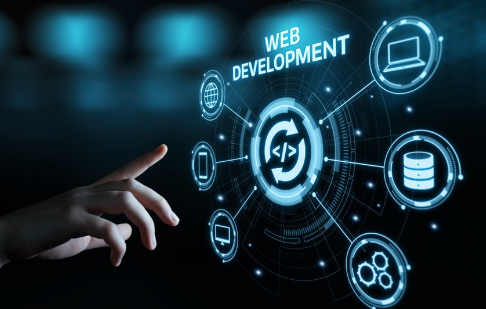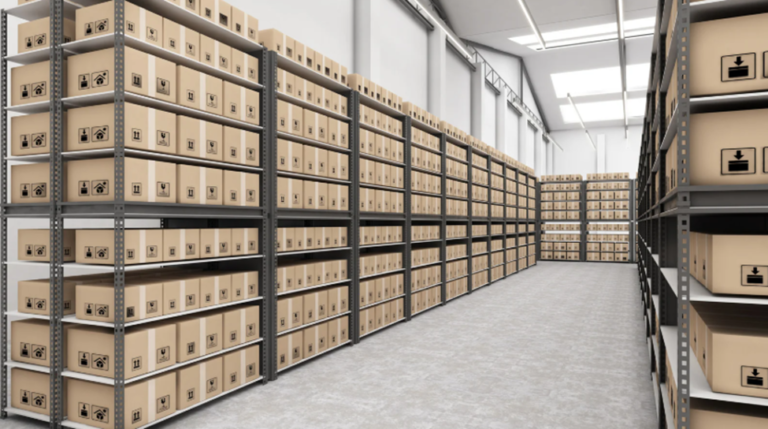What Retail Analytics Software Can Reveal About Store Performance

Sales numbers alone don’t tell the full story of how your store is performing. For retailers, understanding why sales are up (or down), where reps are struggling, and when opportunities are missed is critical to sustainable growth. That’s where retail analytics software becomes essential.
By combining sales, staffing, and customer engagement data, modern retail analytics software—especially when paired with employee monitoring software—offers a 360-degree view of what’s really happening inside your store. And with better visibility comes better decisions.
Here’s what retail analytics software can reveal—and how to use it to improve store performance, rep accountability, and overall profitability.
1. Real Customer Traffic, Not Just Footfall
A major feature of effective retail analytics software is its ability to analyze customer-only traffic. Most basic systems count every person entering the store, including employees, delivery drivers, or browsers.
Advanced analytics software gives you:
- True traffic counts based on actual shoppers
- Peak hour identification for better scheduling
- Traffic vs. sales analysis to uncover conversion gaps
This data is essential for understanding when your store has the most opportunity—and whether that opportunity is being captured.
2. Conversion Rates That Go Beyond Sales Numbers
Sales are just the outcome. What really matters is how efficiently your team turns foot traffic into transactions.
Retail analytics software reveals:
- Conversion rates by shift, store, or individual rep
- Sales effectiveness during different times of day
- Drop-off points where engagement fails
When paired with employee monitoring software, these insights highlight where performance gaps exist and who needs coaching—not guessing.
3. Rep-Level Performance Metrics
High-performing reps don’t just sell more—they engage more effectively. Monitoring performance at the individual level gives managers real coaching tools.
Track rep activity with combined software solutions to see:
- Interaction duration with each customer
- Idle vs. active time on the sales floor
- Missed customer interactions
This detailed view helps managers coach with confidence and reward top performers based on facts—not favoritism.
4. Missed Opportunities and Unattended Customers
Every customer who walks in but doesn’t engage with a rep is a missed opportunity. If you’re not tracking that, you’re missing revenue.
Retail analytics software integrated with employee monitoring software can show:
- How many customers left without speaking to anyone
- When reps are available but not engaging
- Which hours have the highest unattended customer count
This allows teams to adjust floor coverage and reduce walkouts due to lack of engagement.
5. Daily Operational Compliance
Even the best retail strategy fails if store-level execution is inconsistent. Software helps ensure that procedures are followed daily—not just reviewed monthly.
With these systems, you can monitor:
- Store open and close times vs. scheduled hours
- Employee attendance and punctuality
- Floor coverage during peak traffic periods
Real-time tracking helps ensure consistency across locations—and reveals where standards are slipping.
6. Smarter Scheduling Decisions
Labor is one of the largest controllable costs in retail. But without proper data, scheduling becomes guesswork.
Retail analytics tools help optimize staffing by:
- Aligning employee shifts with traffic patterns
- Identifying overstaffed or understaffed time slots
- Tracking rep productivity during different times of day
When you staff smartly, you boost efficiency without adding costs.
7. Multi-Location Comparisons Made Easy
Running multiple locations? Consistency and comparability are everything.
Retail analytics software gives you a standardized way to:
- Compare conversion and traffic data store-to-store
- Spot underperforming locations based on opportunity
- Replicate what’s working in top-performing stores
This takes the guesswork out of expansion and creates performance benchmarks that make sense.
8. Actionable Alerts, Not Just Reports
Traditional reports are helpful—but only if someone reads them. The best retail analytics software solutions deliver alerts and insights you can act on immediately.
Get notified when:
- Sales conversion drops below a set threshold
- Idle time exceeds acceptable limits
- A shift starts without proper floor coverage
These alerts allow you to intervene early—rather than wait for a weekly recap.
Conclusion: Visibility Drives Results
Your stores generate valuable data every day—but that data only helps if you can turn it into action. That’s the power of combining retail analytics software with employee monitoring software.
From tracking rep engagement and customer flow to identifying missed opportunities and operational gaps, these tools transform raw data into smart decisions. With the right insights, managers coach better, employees stay accountable, and stores perform at a higher level—without guesswork.
Retail is fast-paced. Your decisions should be data-backed and equally agile.
Read Also: Vietnamese and German: A Dual Localization Strategy for Global Business Growth
FAQs: Retail Analytics Software & Employee Monitoring Software
Q1: What’s the difference between basic sales reports and retail analytics software?
Sales reports show what was sold. Retail analytics software shows why and how it was sold—by tracking traffic, engagement, and employee activity alongside sales data.
Q2: How does employee monitoring software enhance store performance?
It tracks rep-level behavior like idle time, customer engagement, and punctuality—helping managers coach more effectively and improve floor productivity.
Q3: Is retail analytics software useful for small businesses?
Yes. Even stores with a few employees can benefit from smarter data to improve staffing, boost conversion, and reduce missed sales opportunities.
Q4: Can these tools prevent time theft?
Yes. Many employee monitoring software solutions include features like biometric clock-ins or GPS verification, which help prevent buddy punching and ensure accurate attendance.
Q5: How quickly will I see improvements after using these tools?
Retailers often see noticeable gains in performance, efficiency, and rep accountability within 30–60 days of adopting the software.






